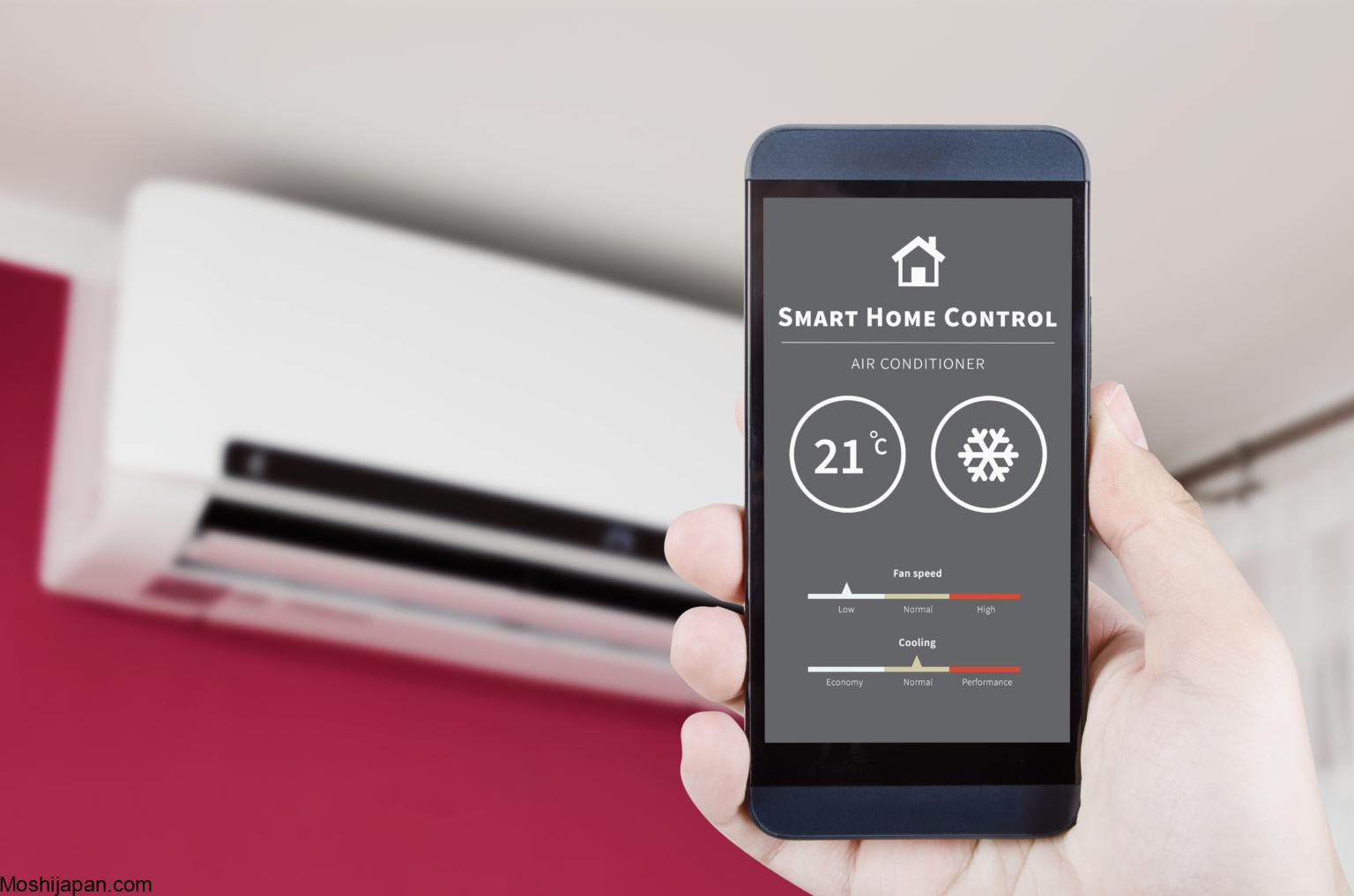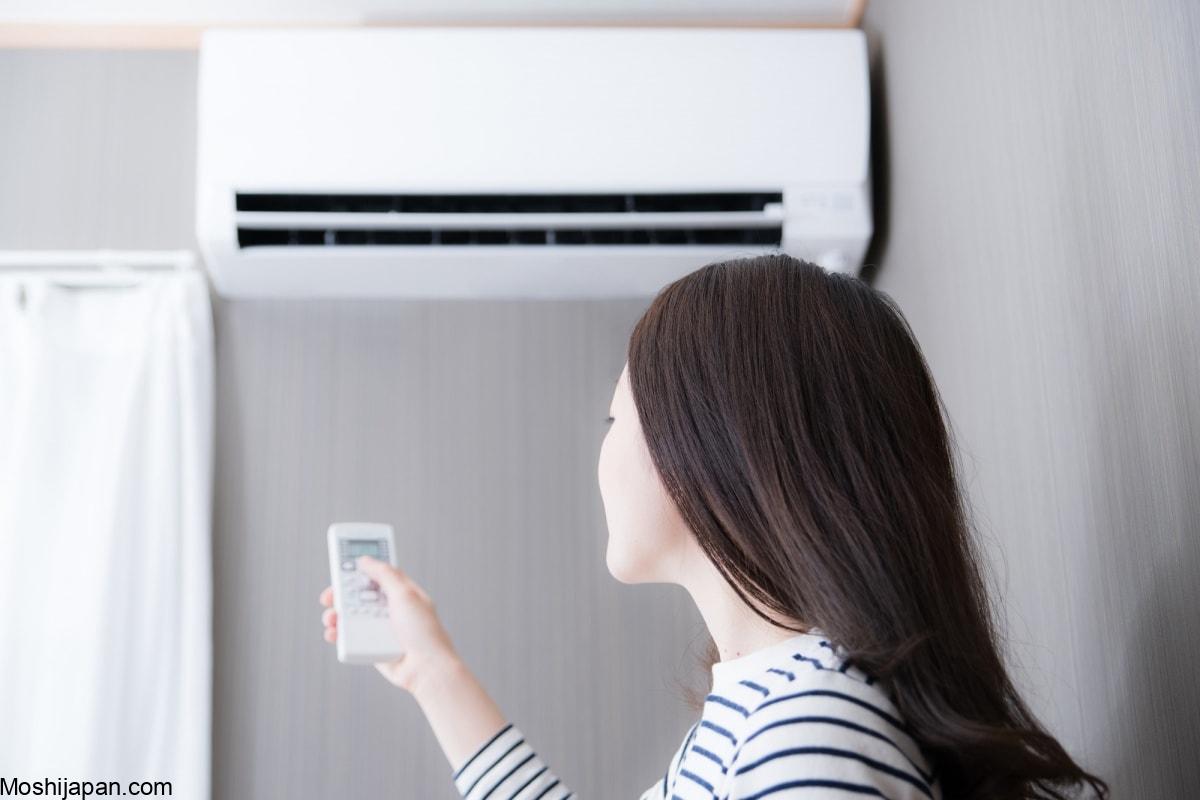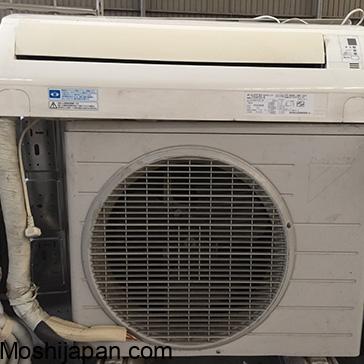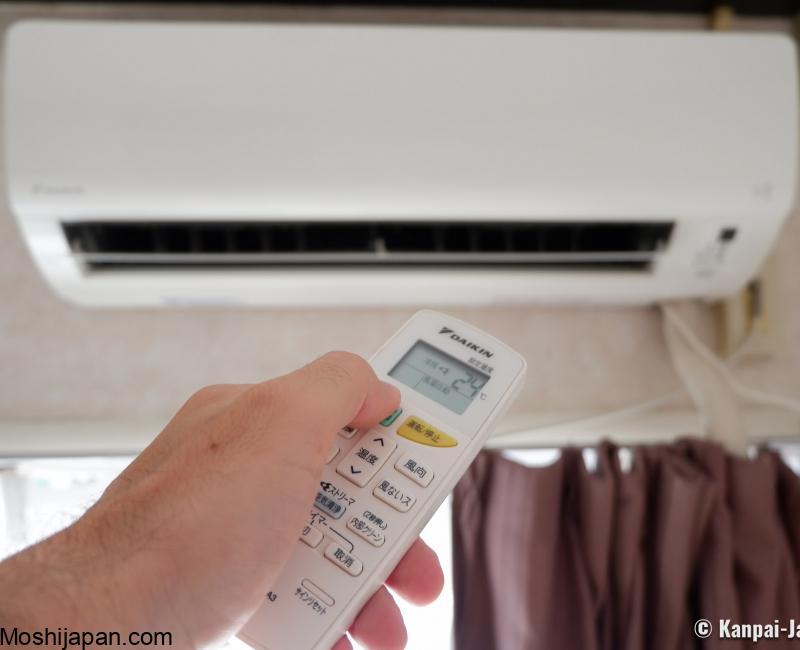Guide to Using Air Conditioners in Japan
In the Land of the Rising Sun, Japan’s scorching summers can be a challenging experience if you’re not prepared. One of the key ways to beat the heat in this technologically advanced nation is by mastering the art of using air conditioners effectively. Whether you’re a resident or just visiting, understanding the nuances of air conditioning in Japan can make your stay much more comfortable. In this guide, we’ll walk you through the ins and outs of using air conditioners in Japan.
Table of Contents

- Introduction to Air Conditioning in Japan
- Types of Air Conditioners in Japan
- Wall-Mounted Units
- Portable Air Conditioners
- Centralized Air Conditioning
- Understanding Japanese Air Conditioning Symbols
- Cool Mode
- Heat Mode
- Dry Mode
- Fan Mode
- Setting the Temperature
- Fan Speed and Direction
- Timer and Sleep Functions
- Energy-Saving Tips
- Maintaining Your Air Conditioner
- Cleaning the Filters
- Professional Servicing
- Common Air Conditioning Etiquette
- Best Practices for Guests and Tourists
- Weather Considerations
- Adapting to Japanese Green Initiatives
- Finding Air Conditioners in Public Spaces
- Emergency Procedures
- Conclusion: Stay Cool and Comfortable in Japan
Introduction to Air Conditioning in Japan

Japan is renowned for its cutting-edge technology, and its air conditioning systems are no exception. Summers in Japan can be sweltering, with temperatures soaring into the high 30s°C (90s°F) and extreme humidity levels. Air conditioners are a lifeline during this season, and they are found almost everywhere, from homes to public transportation, and even in outdoor shopping arcades.
Types of Air Conditioners in Japan

Wall-Mounted Units
Wall-mounted air conditioners are the most common type you’ll encounter in Japanese homes and apartments. They are efficient, easy to use, and offer both cooling and heating functions.
Portable Air Conditioners
Portable air conditioners are a popular choice for those living in older homes without built-in air conditioning. They are versatile and can be moved around as needed.
Centralized Air Conditioning
In larger buildings and commercial spaces, centralized air conditioning systems are prevalent. These systems cool or heat the entire building from a central unit.
Understanding Japanese Air Conditioning Symbols

Japanese air conditioners often come with remote controls featuring various symbols. Understanding these symbols is essential for effective operation.
- Cool Mode: Used for cooling the room.
- Heat Mode: Used for heating during winter.
- Dry Mode: Dehumidifies the air without extreme cooling.
- Fan Mode: Circulates air without heating or cooling.
Setting the Temperature

Setting the desired temperature is as simple as using the remote control. Most units allow you to select the desired temperature in degrees Celsius.
Fan Speed and Direction
You can adjust the fan speed and direction of airflow to distribute cool or warm air evenly throughout the room. Experiment to find your comfort zone.
Timer and Sleep Functions
Many air conditioners in Japan come with timer and sleep functions. These features help you save energy by setting specific operating times or adjusting the temperature as you sleep.
Energy-Saving Tips
Japan places a strong emphasis on energy conservation. Here are some tips to reduce your environmental footprint while using air conditioning:
- Use a Fan: Supplement your air conditioner with a fan to spread cool air efficiently.
- Close Curtains: Keep curtains and blinds closed during the hottest part of the day to block out direct sunlight.
- Seal Gaps: Ensure windows and doors are sealed to prevent cool air from escaping.
- Regular Maintenance: Clean or replace filters regularly to maintain efficiency.
Maintaining Your Air Conditioner
Proper maintenance ensures your air conditioner functions optimally and lasts longer.
Cleaning the Filters
Cleaning or replacing filters is crucial to maintain air quality and energy efficiency. Check your unit’s manual for instructions on filter care.
Professional Servicing
Consider scheduling professional servicing at least once a year to ensure your air conditioner is in top condition.
Common Air Conditioning Etiquette
Japanese society places a high value on etiquette, even when it comes to using air conditioners. Be mindful of noise levels, temperature settings, and energy usage, especially in shared spaces.
Best Practices for Guests and Tourists
If you’re visiting someone’s home or staying in a Japanese hotel, it’s essential to be considerate of their air conditioning preferences. Always ask before making adjustments.
Weather Considerations
Japanese weather can change dramatically from season to season. Be prepared for sudden temperature shifts, and adapt your air conditioner settings accordingly.
Adapting to Japanese Green Initiatives
Japan is committed to sustainability. Familiarize yourself with local environmental initiatives and contribute to reducing energy consumption.
Finding Air Conditioners in Public Spaces
Public spaces in Japan, such as train stations, shopping malls, and restaurants, are well-equipped with air conditioning. Seek refuge from the heat during your outings.
Emergency Procedures
In the event of a malfunction or if you’re unsure how to operate an air conditioner, don’t hesitate to seek help from building staff or professionals.
Conclusion: Stay Cool and Comfortable in Japan
Mastering the use of air conditioners in Japan is your ticket to surviving the sweltering summers and staying cozy in the chilly winters. Embrace the technology, follow local etiquette, and you’ll be well on your way to a comfortable stay in this fascinating country.
keys words
- say hello in japanense
- learn japanense online
- say thank you in japan 2024
- discovery japan 2024
- main airport in japan



0 Comments